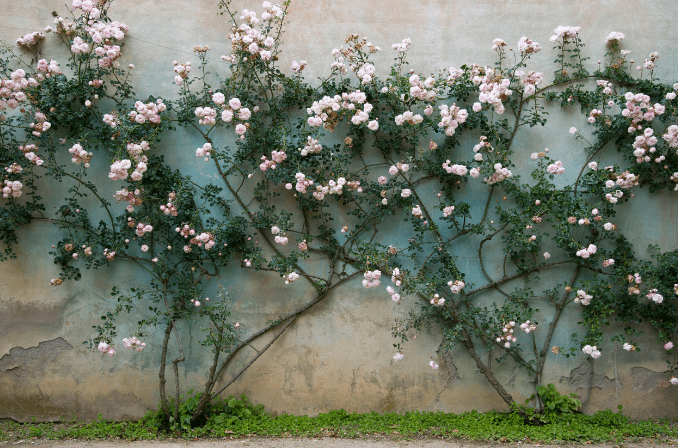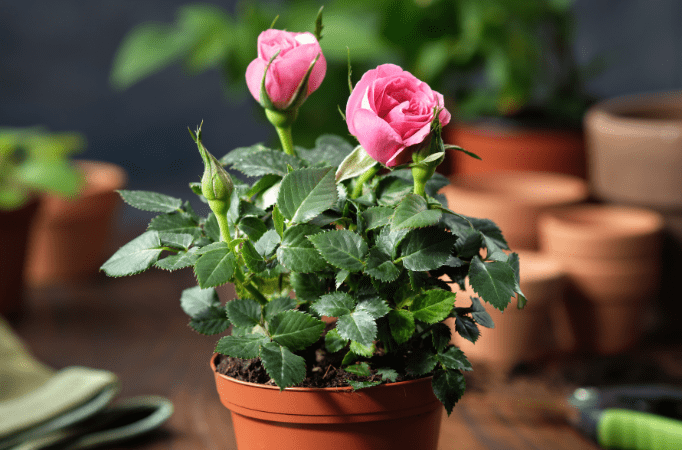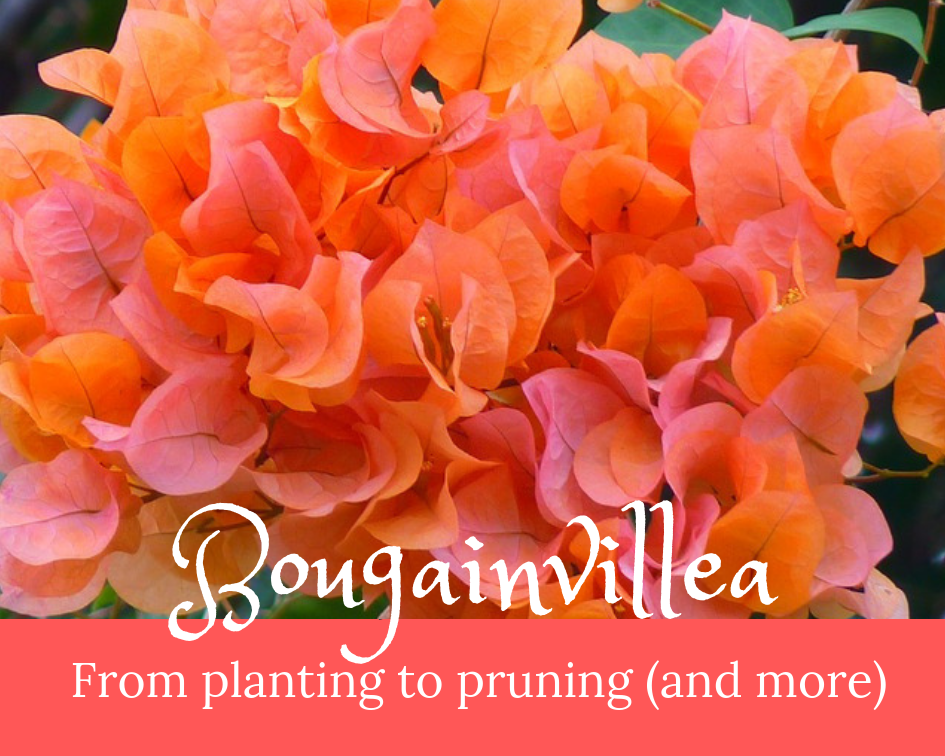This post may contain affiliate links. As an Amazon Associate we earn from qualifying purchases.
Choosing the right spot to plant roses is half the battle to becoming a successful rose grower!
Roses are not as difficult to grow as some beginning gardeners think. One can grow roses and give them very little care but they thrive when given your devotion.
When considering where to plant roses take into account areas of the yard that need color and texture. Climbing roses over an arch or pergola can add needed height to the garden, while a blood-red rose bush will add a jolt of color.
If fragrance is what you are after, plant the rose near the area where you spend the most time when you are outdoors, such as a patio or deck. Even planting the rose near a window you keep open most of the summer will allow you to enjoy the scent.
Roses do have planting area requirements; hopefully these will converge with your goals for growing roses.
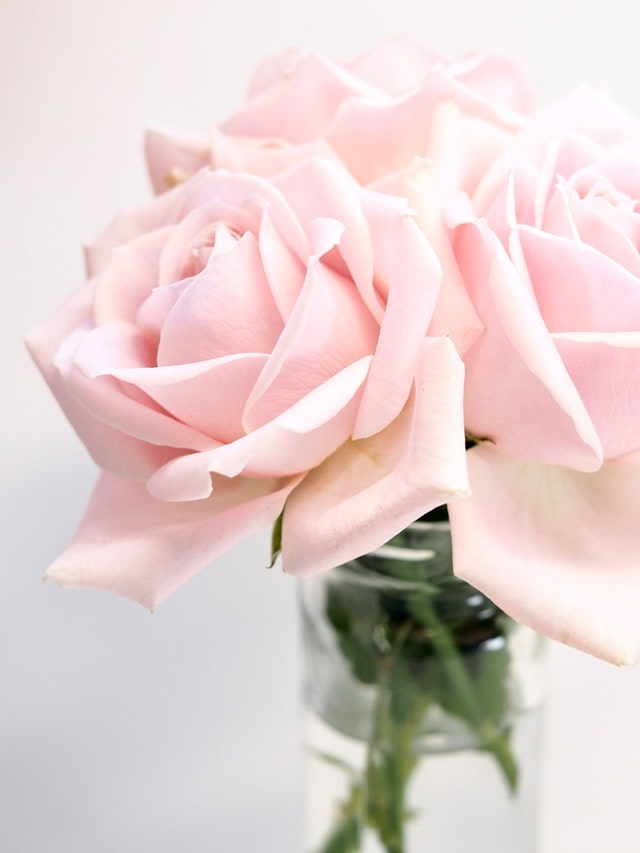 Hardiness Zones for Roses
Hardiness Zones for Roses
Roses grow in most regions of the United States, although it may be difficult to locate a suitable variety if you live in U.S. Department of Agriculture Hardiness zones below 3. In cold regions the rose’s bud union (the swollen part of the main cane that is located a bit higher than where the main cane meets the roots) needs protection, so a good rule of thumb, according to the experts at Rose Magazine, is the colder your zone, the deeper you will need to plant your rose.
For instance, in zone 8 and above, plant the rose so that the bud union is at the level of the soil. If you are in zone 5 or 6, you will place the bud union slightly below the level of the soil. Those gardeners in the coldest regions, such as zone 3, will need to plant their roses 4 to 5 inches below the soil.
The exception to these rules would be own-root roses, which you would plant as you do any perennial.
Find your USDA Hardiness Zone here.
Plant Roses in the Garden or a Container?
Since container-grown roses can be moved out of the elements, growing them in pots is the only way to have roses in very hot or very cold climates. Some rose types, such as hybrid teas or English roses fare better in containers than others.
Container growing takes a bit of extra care as the soil dries out quicker than those grown in the landscape. There are advantages, though, to container growing, such as the fact that pest control is easier when you can move a plant away from other plants while it is being treated.
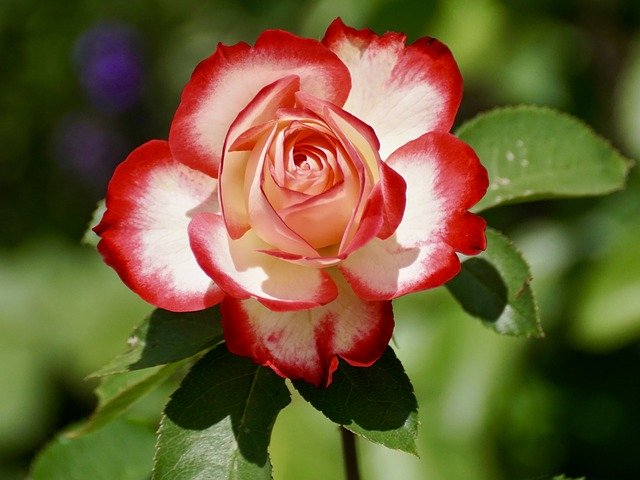 Where to Plant Roses in the Landscape
Where to Plant Roses in the Landscape
Roses need lots of sunshine–at least 6 hours a day (unless you live in the desert, then very early morning sun only). An eastern exposure is perfect, according to horticulturists with the Ohio State University Extension.
Hopefully, the spot you’ve chosen to grow your rose has good soil. Good, in rose terms, mean that it drains well so that the rose’s roots aren’t sitting in water for long periods of time. 
Harden off your new rose
This is a step that many new gardeners don’t take and it’s a pity. It’s not their fault. Nurseries assume that all gardeners know this.
All plants that you bring home from the nursery or receive in the mail, including roses, must go through a process of acclimation to the new environment. This process is known as “hardening off.”
Roses, especially very young ones, most likely have become accustomed to a greenhouse environment, where everything, from lighting to temperature, is exactly to their liking.
Direct sunlight is something they need to get used to gradually, so let’s start there.
Every morning, place the new rose in direct sun for two hours. Then, put the plant back in a shadier spot for the rest of the day and night. Do this for about three or four days in a row and your rose should be sufficiently hardened off to plant in its permanent home.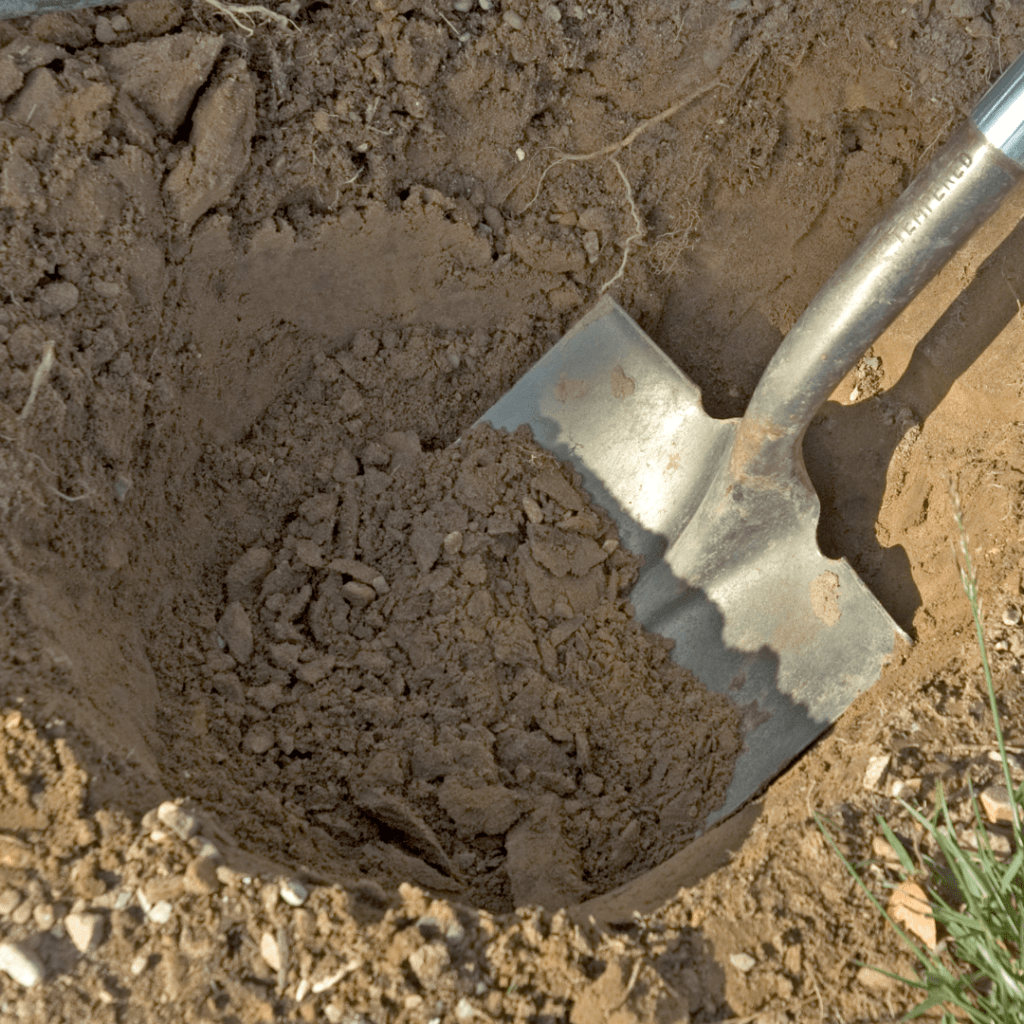
Preparing the Soil to Plant Roses
Many of us aren’t sure what our soil is like in various areas of the garden. If you are among us, let’s do a test.
Dig a 6-inch wide, 12-inch deep hole in the chosen planting area and fill it with water. When it drains, fill it again and time how long it takes to drain. If the hole still contains water in four hours you need to either find a different planting site, or amend the soil to increase drainage.
The best thing to use to increase the drainage is organic material, such as compost, or well-rotted manure. Mix compost or well-rotted manure into the planting area.
Pour 2 to 3 inches of the amendment over the planting area and use a gardening fork or spade to blend it with the existing soil to 6 inches in depth. If you feel you need more than 2 or 3 inches, by all means, go for it.
Planting techniques vary, depending on your climate, whether the rose is grafted or own-root and whether it is bare-root, potted or balled and burlap. Oh, and they vary by gardener as well. Hey, whatever works, right?
Planting the bare root rose
Plan on getting the bare root rose into the ground as soon as possible after bringing it home. It will need to soak in a bucket of water, preferably overnight, before planting. Ensure the water in the bucket covers the rose’s bud union.
The what?
The bud union is that part of the lower portion of the rose where all of the canes initiate.
OK, let’s get to planting!
- Water the planting area the day before planting the rose. The moisture content should be that of a well-wrung sponge; not dry and not soaked.
- Check the roots and cut off any that are damaged. Make the cut just above the part that is damaged.
- Dig a hole that is wide enough to accommodate the rose’s roots without scrunching them up.
- If you’ll be adding amendments to the soil, add them to the soil you removed when digging the hole. Mix it into this soil and use some of it to create a hill or mound at the bottom of the hole. It should be about the size of a grapefruit.
- Place the rose in the hole, spreading the roots over the hill at the bottom. Add the excavated soil back into the hole. stopping when the hole is halfway full. You may have to hang on to the rose to keep it level.
- Finish filling the hole when the water drains. Use your hands or feet to tamp down the soil.
Planting the potted rose
Water the rose before planting it. Dig the planting hole twice as wide as the pot in which the rose is growing. The depth should be just a smidge deeper. Remember, you need to take into account the need to bury the bud union, if that applies to your region.
We like to use the fork to scrape the sides and bottom of the hole to help the roots have an easier time of penetrating the soil.
Whether or not to add amendments to the planting hole varies by which expert you speak with. Some say to never do it because the roots will not reach beyond the amended soil. Others swear by it. You do you.
The one caution we must give is to not use synthetic fertilizer in the planting hole to avoid burning the roots.
Backfill the hole, tamp the soil lightly around the rose and sit back and wait for the flower show!
Roses are susceptible to a number of fungal diseases. There are several ways rosarians have found to protect their plants from these diseases, chief among them is making sure the bush has good air circulation. When choosing a planting location, make sure there is at least 3 feet of empty space around the bush.

